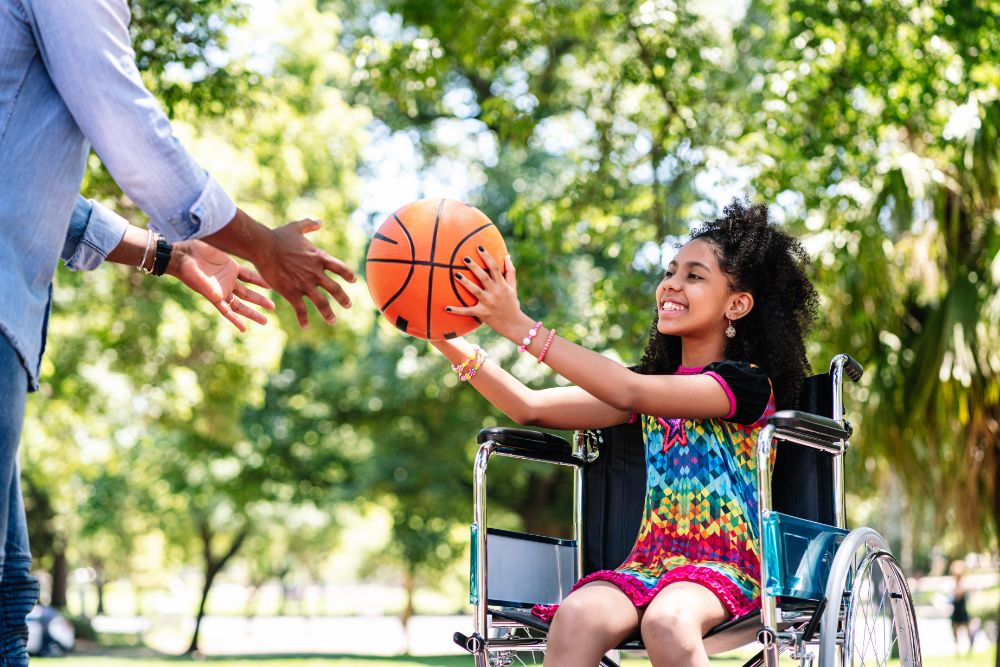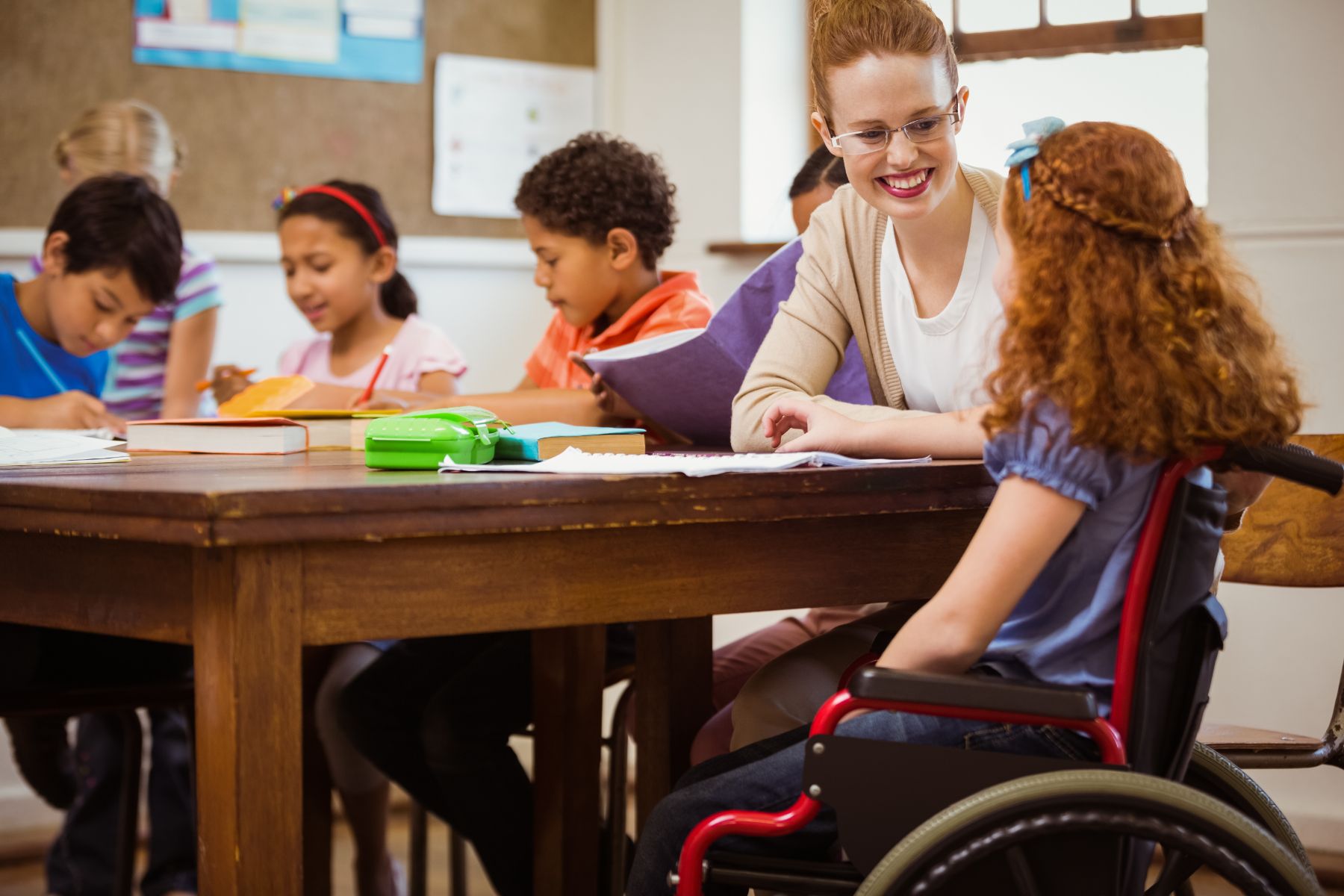As the back-to-school season approaches, it is crucial to ensure that students with disabilities have a smooth transition into the new academic year. With careful planning and support, our students can thrive in their learning environment. This blog post aims to provide important tips for getting students with disabilities ready for a successful return to school.

1. Review Individualized Education Program (IEP):
Start by reviewing the student’s Individualized Education Program (IEP) with their teachers and support staff. Familiarize yourself with the goals, accommodations, and modifications outlined in the IEP, and discuss any necessary updates or adjustments.
2. Communicate with Teachers and Staff:
Maintaining open lines of communication with teachers and school staff is vital. Share relevant information about your child’s needs and preferences, including their strengths and challenges. Collaborate to establish effective strategies for supporting their learning and social interactions.
3. Prepare for Changes:
Inform your child about any changes they can expect in their routine, classroom, or teachers. Provide them with a visual schedule or social story to help them understand and adapt to the upcoming adjustments. Gradual exposure to new environments or routines can also help ease anxiety.
4. Set Up a Homework and Study Space:
Create a dedicated space at home for studying and completing homework. Ensure it is well-organized, quiet, and free from distractions. Consider any sensory needs your child may have, such as providing noise-cancelling headphones or fidget tools if necessary.
5. Establish a Routine:
Routines provide structure and help students with disabilities feel more secure. Develop a daily schedule that includes time for studying, leisure activities, and self-care. Consistency and predictability can enhance their overall well-being and academic performance.
6. Foster Independence:
Encourage independence by gradually introducing age-appropriate responsibilities. Teach them organizational skills, such as using a planner or calendar, and help them develop strategies for problem-solving and self-advocacy. This empowerment will boost their confidence and self-esteem.
7. Build a Support Network:
Connect with other parents, support groups, or advocacy organizations that specialize in disabilities. These networks can offer valuable insights, resources, and emotional support. Engaging with like-minded individuals can provide a sense of belonging and a wealth of knowledge.
8. Address Social Skills:
For many students with disabilities, social interactions can be challenging. Work with the school to identify opportunities for social skills development, such as joining clubs, engaging in group activities, or participating in peer mentoring programs. Encourage positive relationships and provide guidance when needed.
Preparing students with disabilities for the new school year requires careful planning, effective communication, and a supportive environment. By focusing on individualized support, fostering independence, and building a strong network, we can help our students succeed academically and socially. Let’s work together to create inclusive educational experiences that empower every student to reach their full potential.










